2025
03 / 12
Are You Recycling Correctly?
You've probably seen these everyday items at home, but do you know how to recycle them properly?
With growing environmental awareness, recycling has become an essential part of our lives. Let's learn the correct way to recycle household items, maximize resource reuse, and reduce waste!
Bottle Caps
Plastic bottles are one of the most recycled items, but their caps are often overlooked or thrown away as trash. Both the bottle and cap can be recycled together! The correct way to recycle them: remove the cap, rinse the bottle, crush it, and then screw the cap back on before recycling.
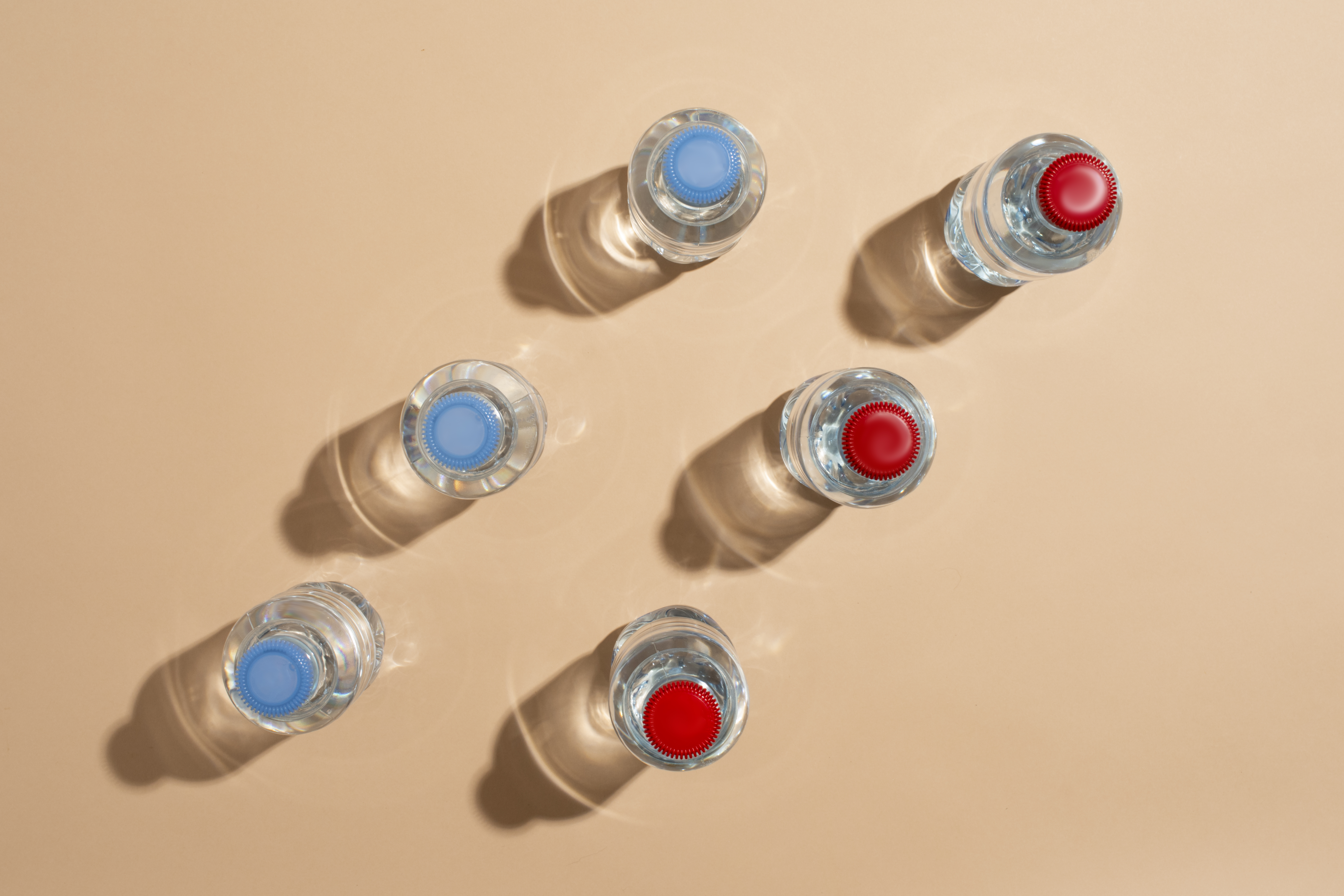
Plastic Bags
Not all plastic bags can be recycled! Only single-material plastic bags that are completely clean and transparent can be processed at recycling facilities. Bags that are stained with oil or dirt and have adhesive tape, handles, metal parts, or mixed materials cannot be recycled.
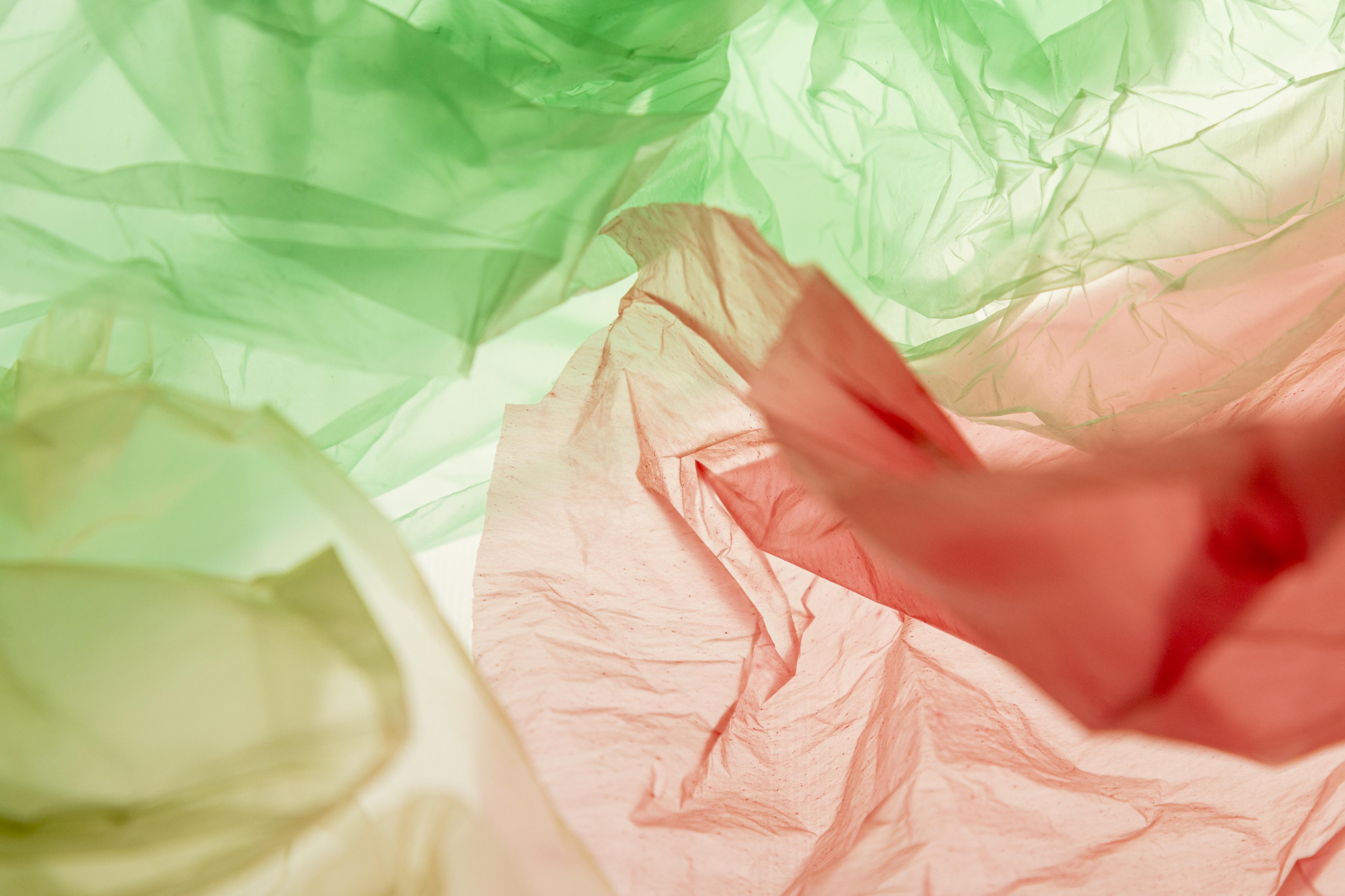
Paper Cups
Many people believe that using paper cups is more eco-friendly than plastic. However, paper cups fall under the paper container category rather than regular paper. To make them waterproof and oil-resistant, paper cups have a thin plastic lining, making them composite material. Proper recycling requires specialized technology to separate the paper from the lining, which not all recycling centers can do. As a result, many paper cups still end up as waste.

Styrofoam
Styrofoam is an expanded form of polystyrene and is classified as #6 plastic. It is commonly used for disposable tableware and protective packaging. Since Styrofoam takes a long time to decompose, it must be recycled. Before recycling, remove any food residue, rinse lightly, drain, and place it with plastic recyclables for collection.
.jpg)
(Image: RE-THINK)
Plastic Hangers
Before discarding plastic hangers, remove any rubber coatings and dispose of them as general waste. Then, place the hanger in the plastic recycling bin.
(Metal hangers should be recycled as scrap metal.)
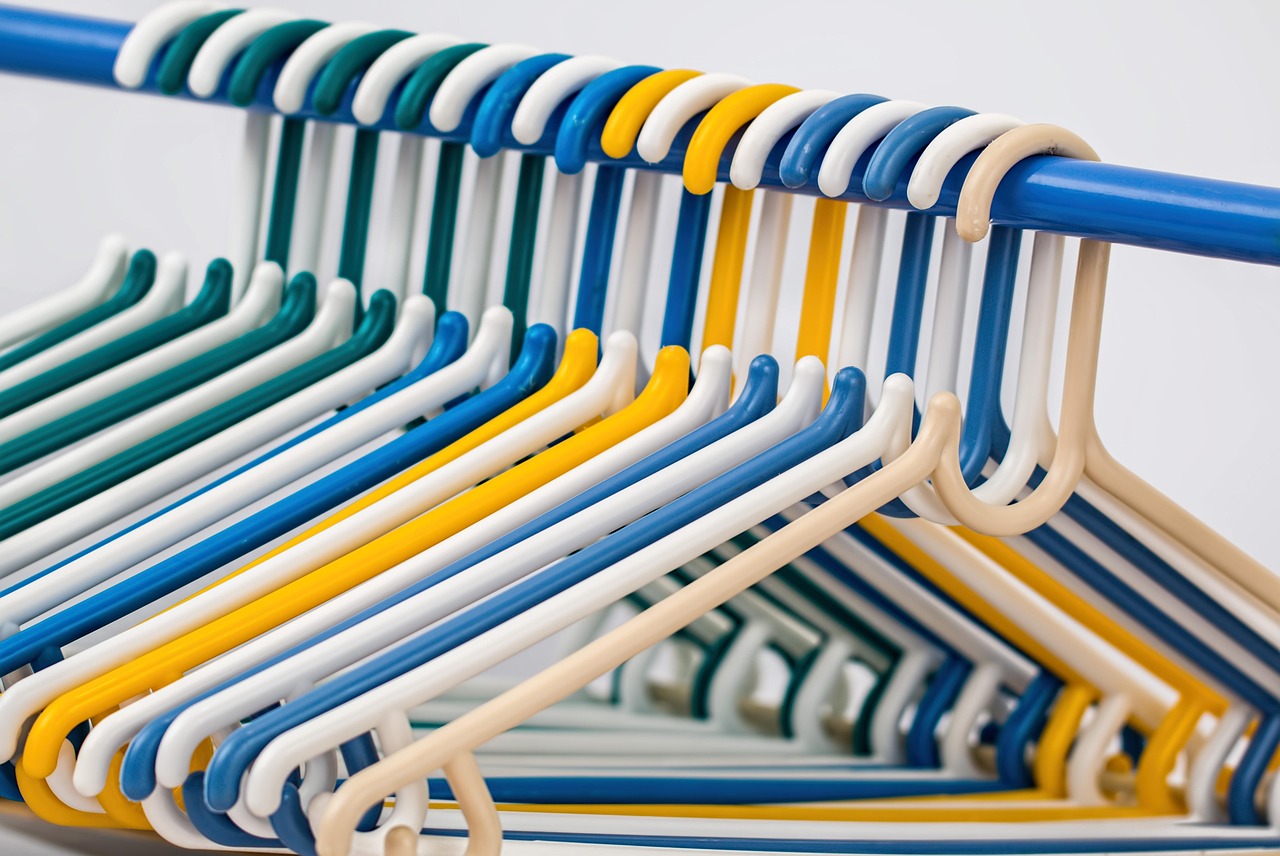
Umbrella
Umbrellas should be disassembled before disposal: The waterproof fabric goes into general waste. The metal frame is classified as scrap metal.
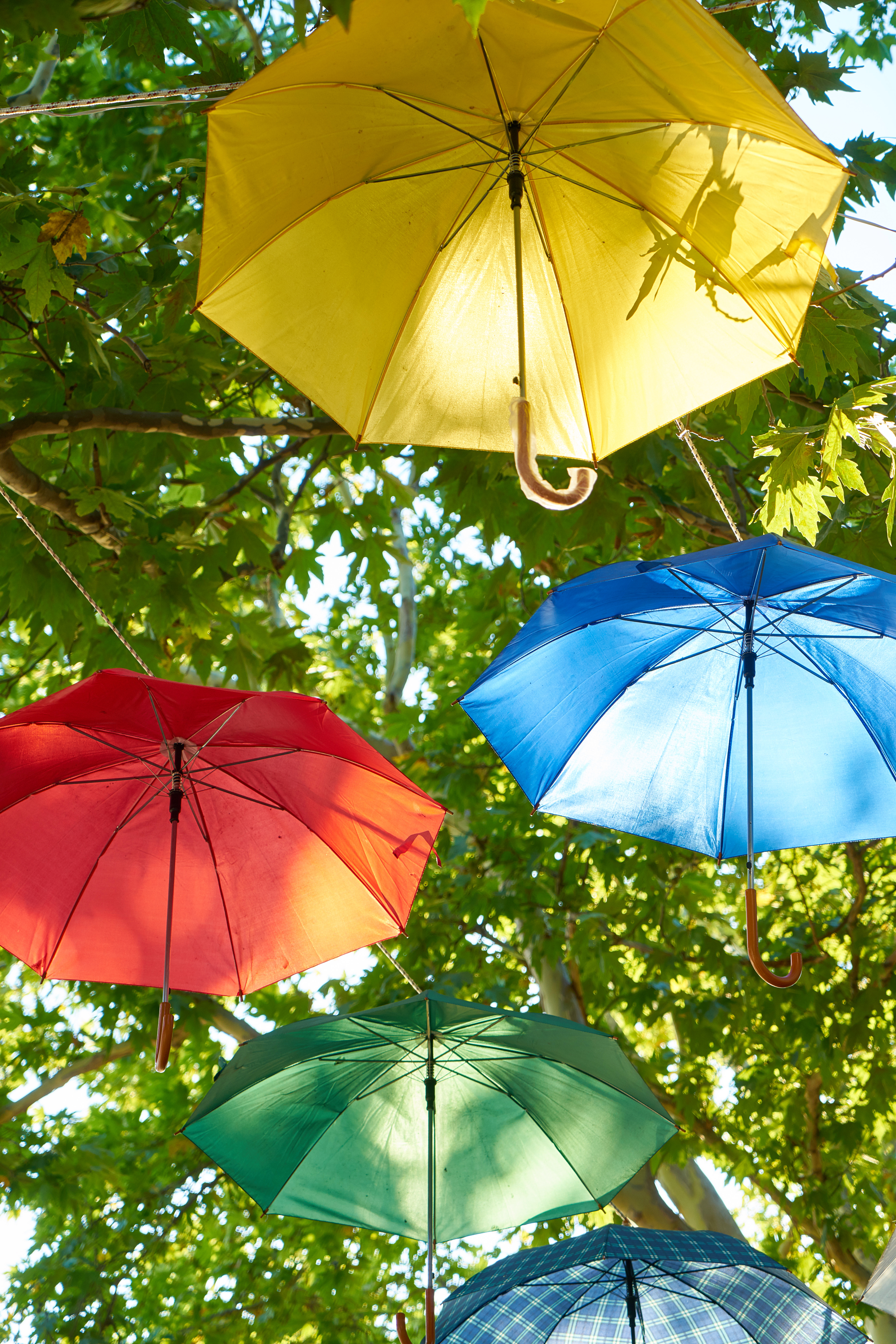
Stuffed Toys
Stuffed toys are usually made of polyester fiber or mixed materials and should be disposed of as general waste.

Pillows & Quilts
Most pillows and quilts are made from polyester fiber and belong to general waste. However, many animal shelters and humane societies accept old blankets and bedding. Before throwing them away, check if these organizations can make use of them!

Cutting Boards
Wooden and rubber cutting boards should be discarded as general waste. Plastic cutting boards, however, should go into plastic recycling.

Knives
Knives are classified as scrap metal, but for safety reasons, they must be securely wrapped in thick cardboard and newspaper, and then tightly taped before disposal. Always inform the sanitation workers that the package contains sharp objects.
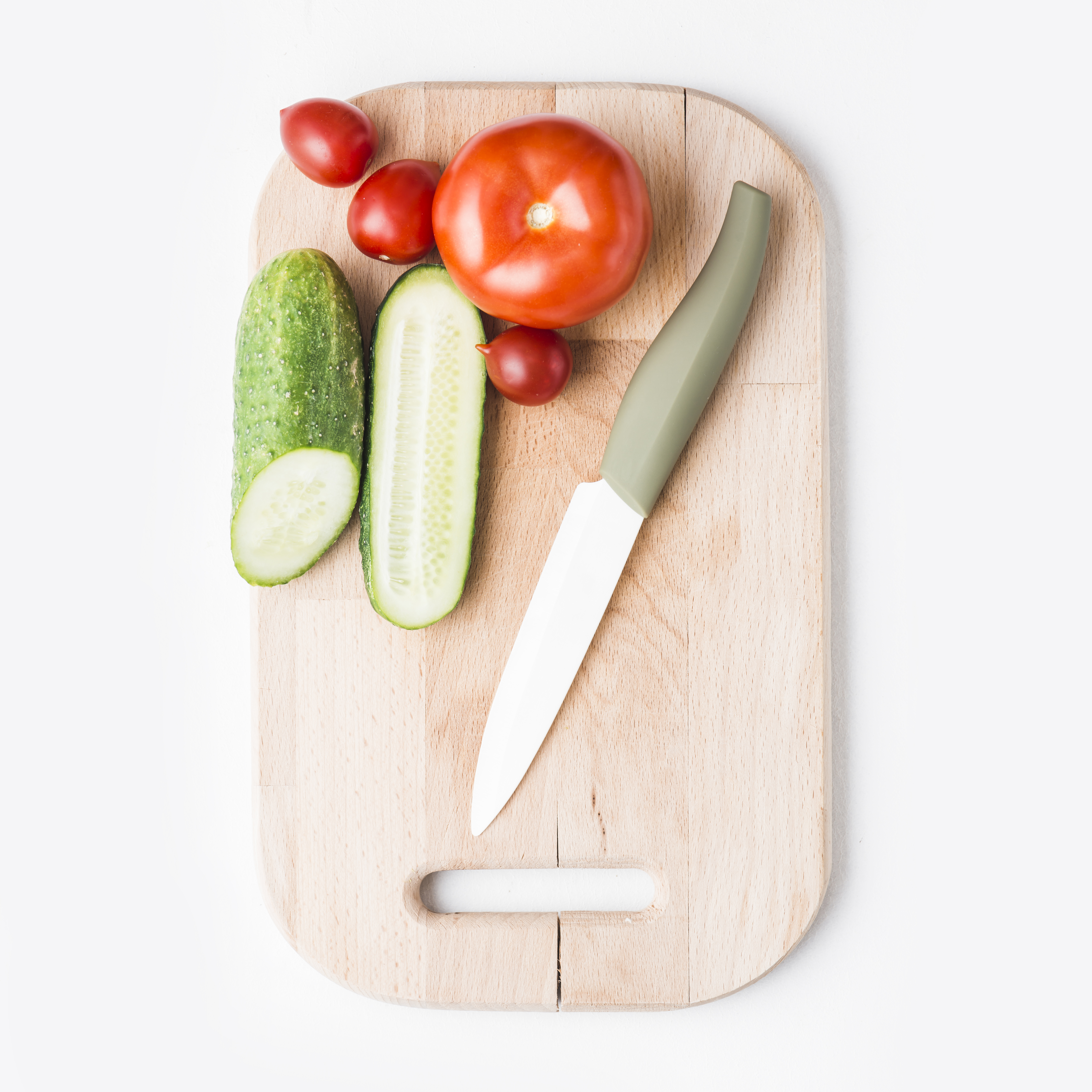
Flowerpots
Before recycling, separate the plant and soil from the pot. Plastic pots should go into Plastic recycling; Glass pots should go into Glass recycling; Ceramic pots should go into Ceramic recycling or general waste depending on different regions. The plant and soil should be composted.
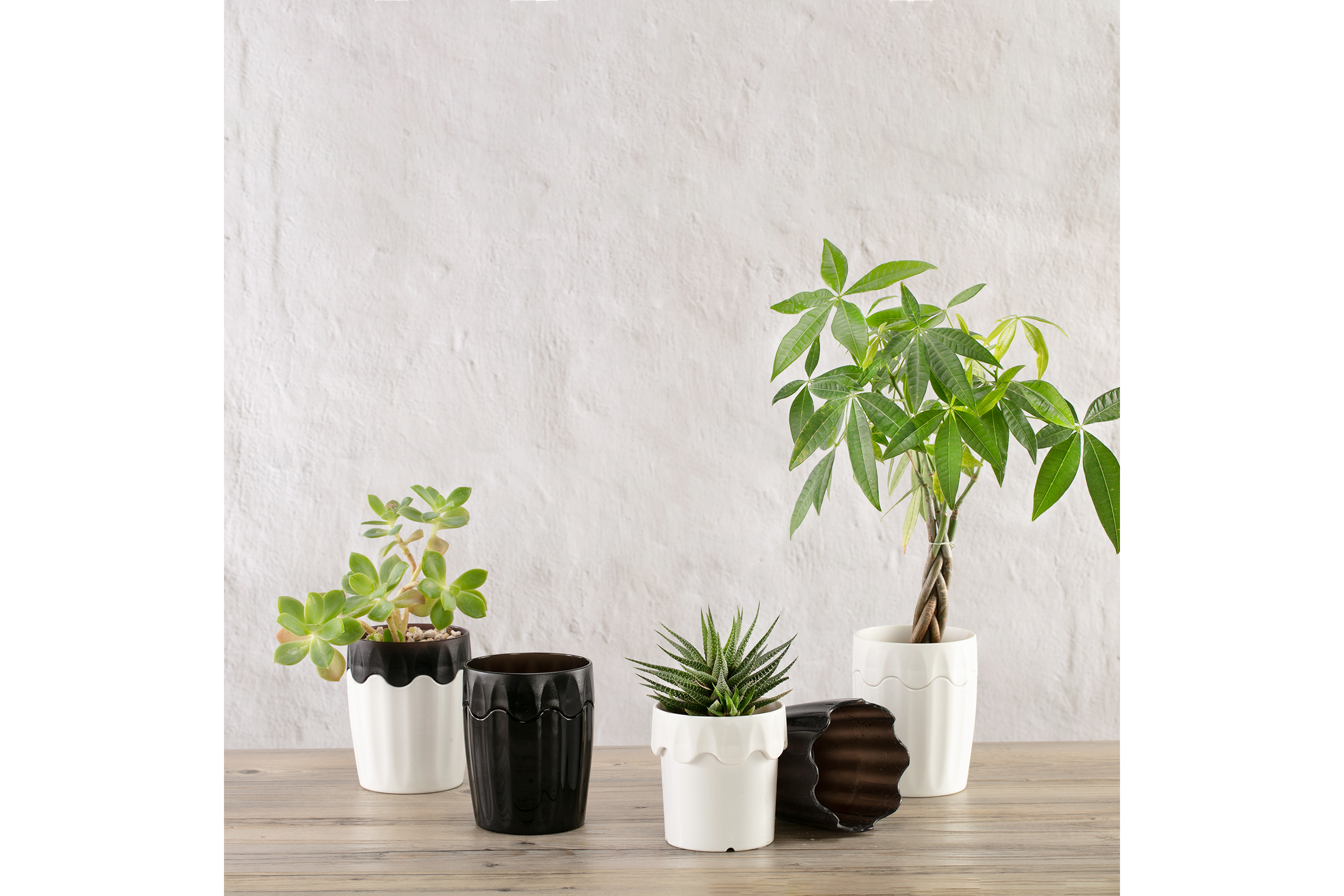
Mirrors
Although mirrors are mainly made of glass, modern mirrors have a silver nitrate coating, which prevents them from being recycled as regular glass. Depending on their size, they should be disposed of as general waste or collected by local waste management services. Always wrap broken mirrors in thick fabric or newspaper and label them "Fragile - Glass Inside" before disposal.
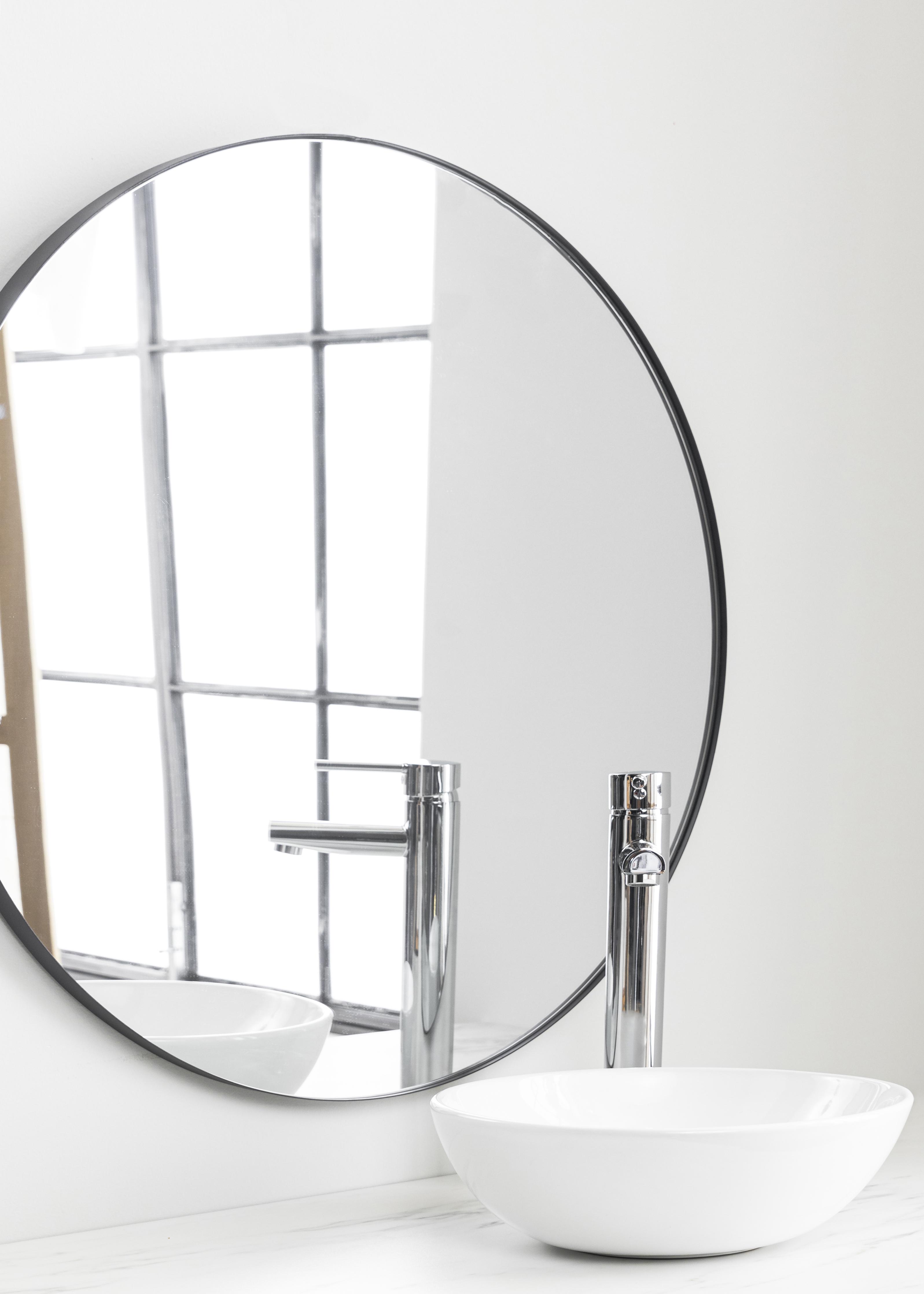
Keys
Keys can be recycled as metal waste!
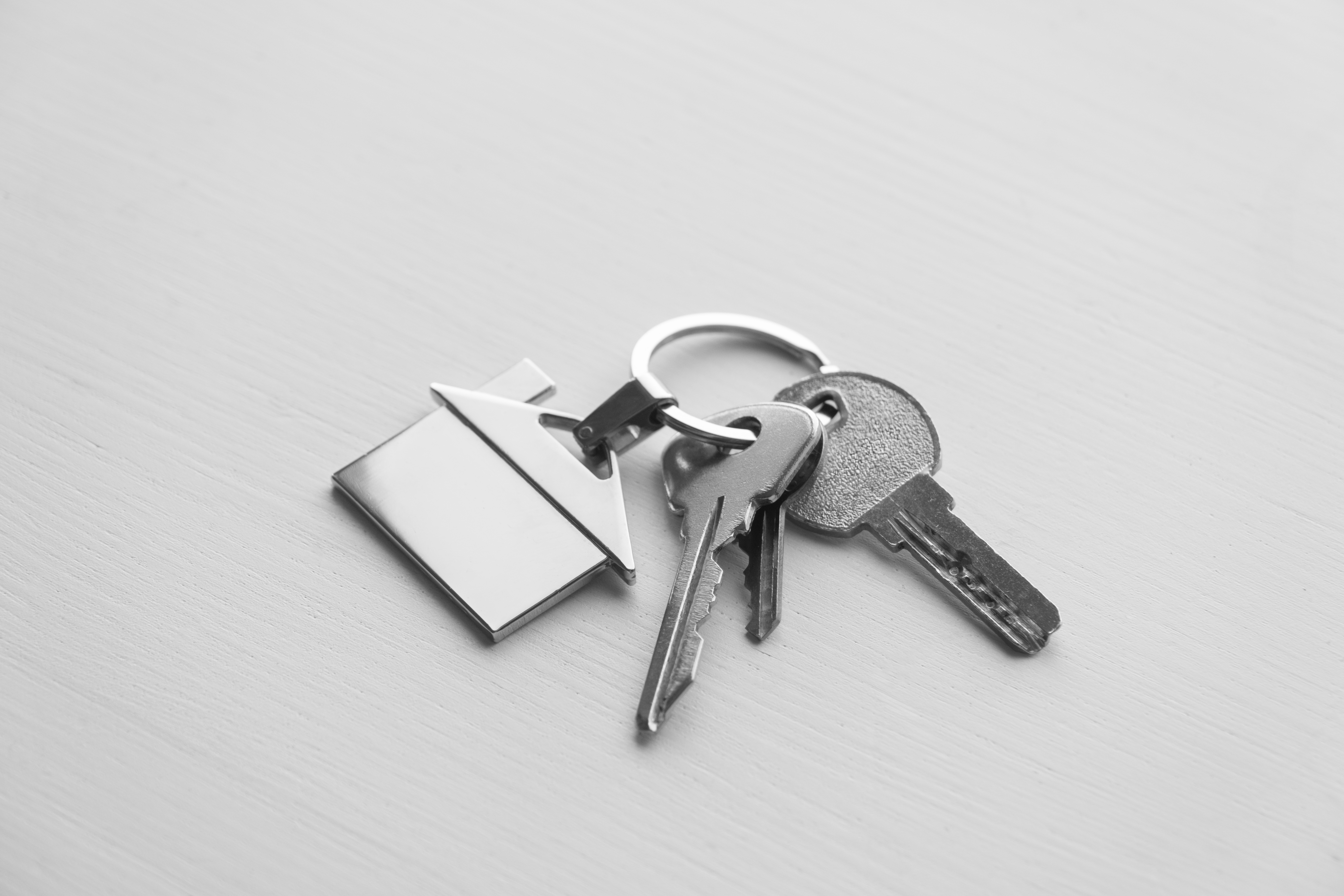
Ceramic Ware
Regulations for ceramic recycling vary by region. In Taipei City, the Environmental Protection Bureau classifies ceramic ware as non-recyclable items. Since they cannot be incinerated, they should be properly packaged and handed over to the recycling truck.
In Taichung, however, the regulations state that broken ceramic ware, wine bottles, and vases are recyclable and should be collected in a single bag. If the items are broken, they must be wrapped securely in newspapers, and the outer packaging should be clearly labeled with "Caution: Ceramic Fragments" to prevent hardworking recycling workers from getting injured by sharp pieces. It is important to note that recycling policies differ between Changhua and Nantou: in both areas, ceramics are considered non-recyclable.
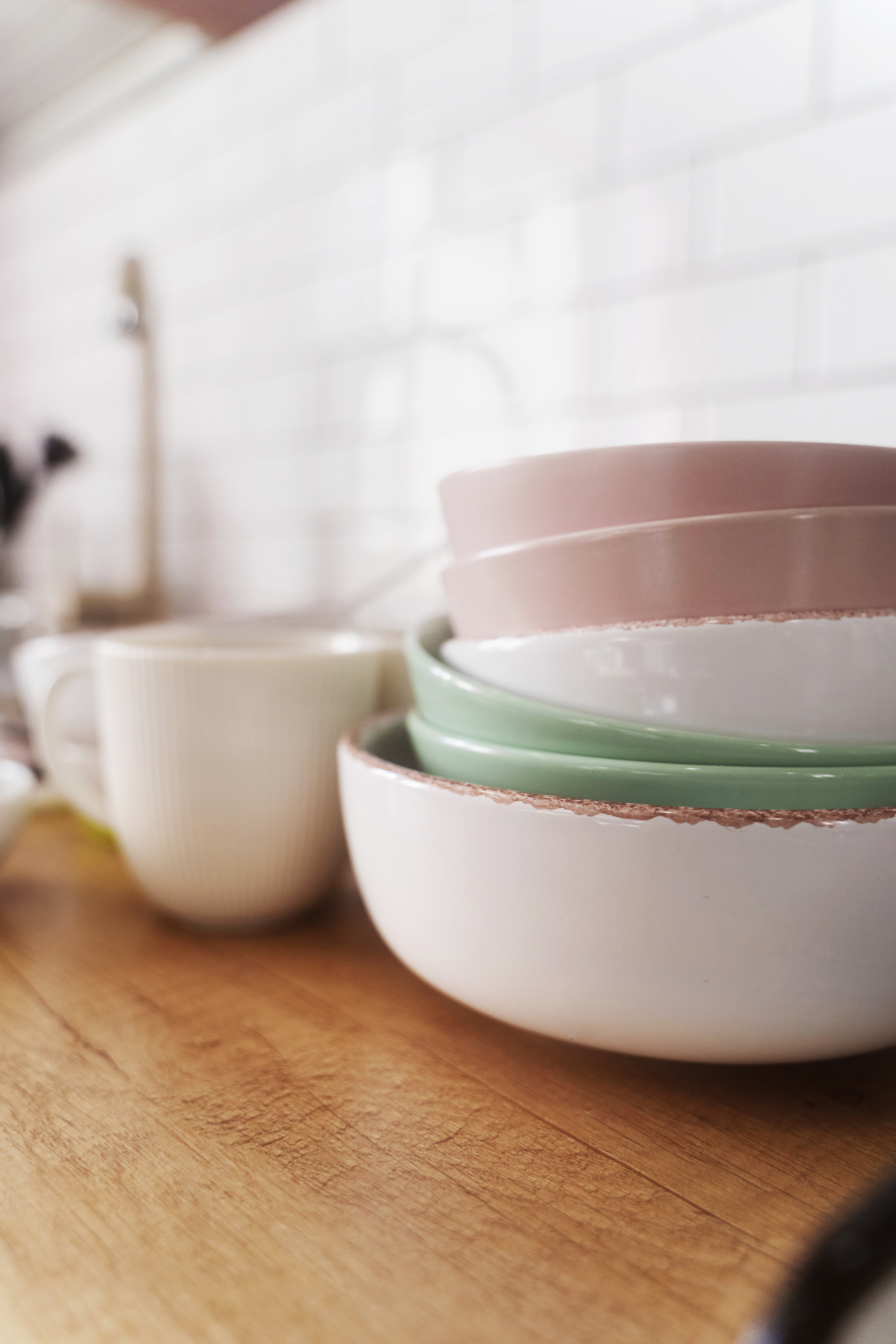
Before recycling, it's always best to check your local recycling policies, as regulations may vary by region.
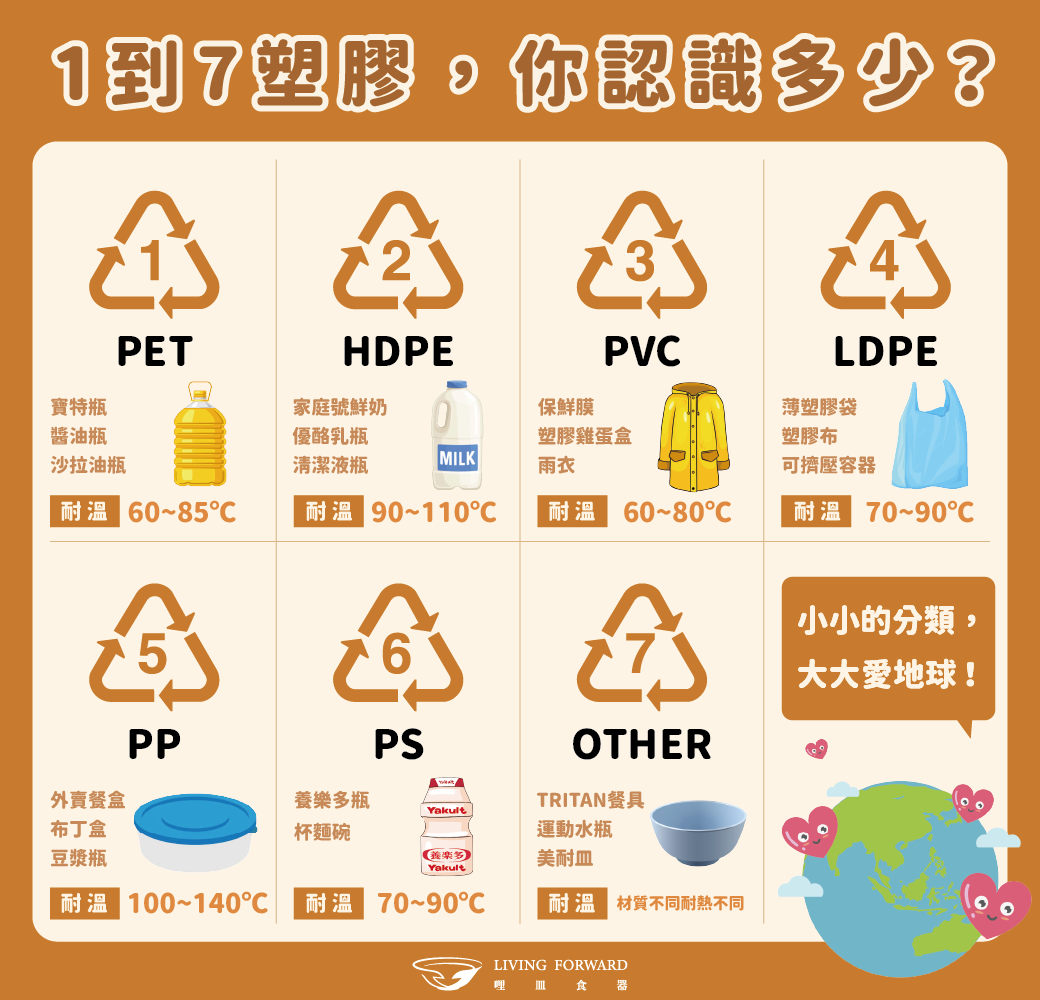
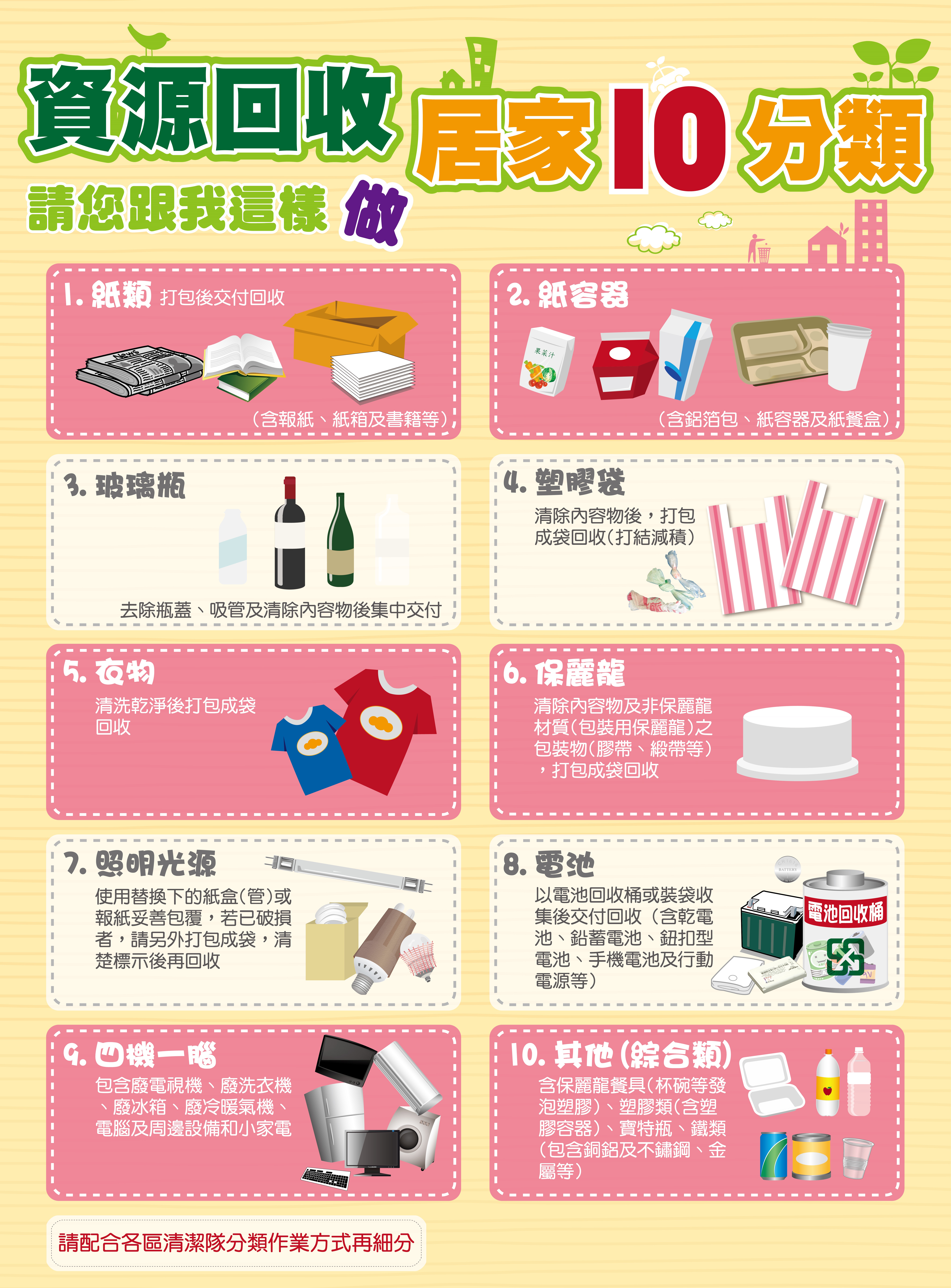
(Image: Living Forward, ENVIRONMENTAL PROTECTION BUREAU (TAICHUNG CITY)
Let's work together to make recycling a part of our daily lives!
